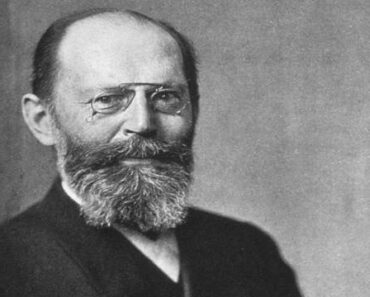Birbal Sahni (1891-1949) was an Indian paleobotanist who made a significant contribution to the study of fossils of the Indian subcontinent. He founded the Birbal Sahni Institute of Palaeobotany in 1946. He was also interested in the fields of archaeology and geology. He also served as the President of the National Academy of Sciences and as an honourary President of the International Botanical Congress, Stockholm.
Wiki/Biography
Birbal Sahni was born on Saturday, 14 November 1891 (age 57 years; at the time of death), in Bhera, Punjab, British India (now in Punjab, Pakistan). His zodiac sign is Scorpio. He did his early education at Central Model Schools and Government College. He completed a B.Sc degree at Punjab University in 1911. He attended Emmanuel College at Cambridge in 1911 and graduated in 1914. He then pursued his research studies under the guidance of Prof. A. C. Seward. In 1919, he earned a D.Sc. degree from London University for his research on fossil plants. Also, he returned to India in the same year.
Physical Appearance
Height (approx.): 5′ 8″
Hair Colour: Salt and Pepper
Eye Colour: Black
Family
Parents & Siblings
Birbal Sahni was the third child of Lala Ruchi Ram Sahni and Ishwari Devi. His father was a chemistry professor in Lahore, and his mother was a homemaker. His father studied alongside the scientists like Ernest Rutherford and Niels Bohr. Birbal Sahni had eight siblings – four brothers, and four sisters.

Birbal Sahni (left) with his brother Bodh Raj (centre) and father, Ruchi Ram Sahni (right), in England, in 1914 -15
Wife & Children
Birbal Sahni got married to Savitri Suri in 1920. She became a constant companion in his academic journey and took an interest in his work. She was awarded the Padma Shri in 1969.
Career
Professor
From 1919 to 1920, he worked as a Professor of Botany at Banaras Hindu University (BHU). Then, from 1920 to 1921, he served at Punjab University as a Professor. In 1921, he joined Lucknow University as a Professor of Botany at the age of 30, where he established the geology Department and was head of both departments.
Founder
Birbal Sahni founded the Indian Botanical Society in 1920. He also established the Institute of Palaeobotany on 10 September 1946.
Studies on fossils and plant evolution
Birbal Sahni did a vast research on all aspects of palaeobotany in India. He collected a large number of fossil plants from the Rajmahal Hills of Bihar and, discovered a new group of fossil gymnosperms, which he named Pentoxylae. During his study of fossils, he gained knowledge of geology. His research defines the age of the Deccan Traps and the timing of the Himalayan uplift. His major contributions also include the study of the Gondwana flora, a collection of plant fossils from the supercontinent of Gondwana that existed during the late Paleozoic and early Mesozoic eras. Birbal Sahni’s research on these fossils explains the evolution of plant life during this period, including the origin of gymnosperms and the development of the seed habit. He also studied the Technique of casting coins in ancient India and was awarded the Nelson Wright Medal of the Numismatic Society of India in 1945.
Awards, Honours, Achievements
- In 1936, the Fellowship of the Royal Society
- In 1936, the Barclay Medal, of the Royal Asiatic Society for Biological Sciences
- The Presidency of the National Academy of Sciences
- In 1947, Sir C R Reddy Prize for Natural Sciences
- In 1945, Nelson Wright Medal, Numismatic Society of India
- In 1940, General President, Indian Science Congress
- In 1950, Honorary General President, International Botanical Congress, Stockholm
- In 1948, Foreign Honorary Member, American Academy of Arts and Science
- In 1957, the Birbal Sahni Gold Medal was begun in his honour by Prof. T. S. Sadasiva.
Death
Birbal Sahni passed away on 10 April 1949 due to a heart attack. He died just a week after Jawaharlal Nehru laid the foundation stone of the institute’s new building on 03 April 1949.
Facts/Trivia
- Birbal Sahni liked music and enjoyed playing the sitar and violin.
- He also enjoyed drawing and clay modelling.
- During his school years, he played hockey and tennis.
- At Cambridge, he represented India Majlis in Tennis and played against the Oxford Majlis.










